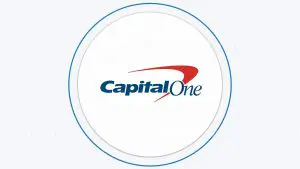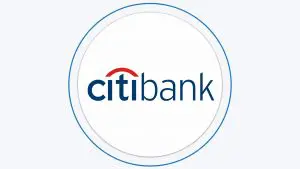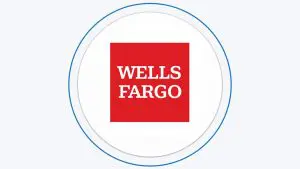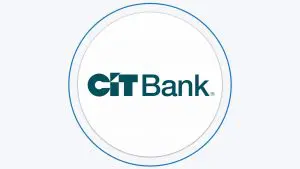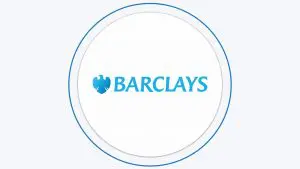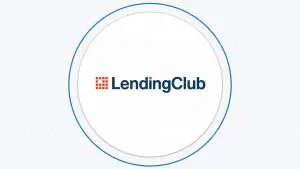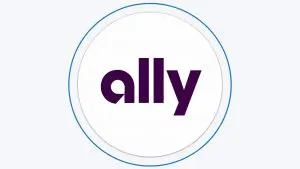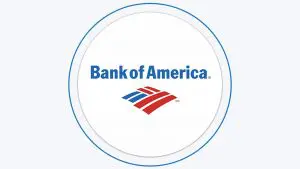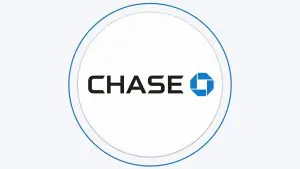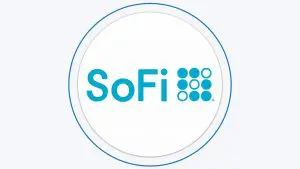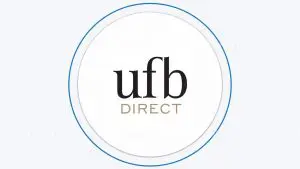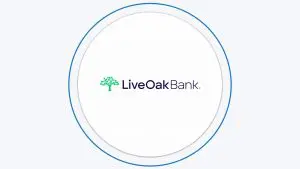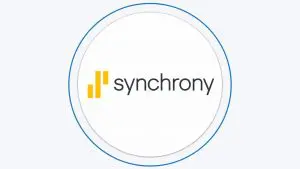Table Of Content
Have you heard this before? “Save money… Invest for your future… You can be a millionaire by the time you’re 60 – if you start right NOW!…”
Do you believe it? A lot of people do.
Here’s the deal – there’s more to this than meets the eye. When you have a barrage of bills piling up each and every week, it will take more than setting aside a few dollars to come out ahead. Is there really a way out of this?
Here are some of the more successful money-saving strategies you can start with:
1. Keep Yourself Free From Debt
In general, it is a good practice to avoid debt and to stay out of it. It is costly, stressful and can turn your financial situation upside down. Some debts, though, can be practical, such as a home mortgage, because the object of the debt appreciates in value, and it can offer tax benefits to the borrower.
However, if you do not manage your debts well, you can end up with an awful credit score, lawsuits, and possibly even go bankrupt. Amazingly, some simple strategies do work and can keep you out of debt.
A majority of Americans have a plan to reduce their personal debts within specific timelines, based on a poll conducted by Northwestern Mutual.
Pay off Your Balances Monthly
When it has become unavoidable to use your credit card, pay it off the soonest time you can. Credit card companies are notorious for charging high interests, financing fees, penalties and other charges that can really cause your debt to pile up.
Allowing the balance to stay for some months would be enough for it to grow and you may find yourself unable to pay it all in full, looking around for personal loans and other ways to consolidate your debt. This is a situation we would like to avoid.
One way to avoid credit card debt is to set aside money from your account before you use the card. As soon as the billing statement comes in, use the reserve money to pay your balance in full. Better yet, prepay what you will charge on your card.
2. Pay Yourself First
When you do this, you are employing a good strategy of paying yourself first.
It means that you designate a specific amount out of your paycheck as your personal money (as distinguished from the money that will go to your family budget).
You then pay that money to yourself before you pay your bills or anybody else. This can be any amount that you decide – $25, $50, $100 or maybe a certain percentage of your paycheck.
Initial deposit
Monthly contribution
Period (years)
APY
-
Interest earned
-
Contributions
-
Initial deposit
Total savings
* Make sure to adjust APY and deposit
The important thing is that you take care of this before anything else. Most people pay off their bills first then spend for other expenses and save whatever is left – if there is anything left over.
For a majority of Americans, that method doesn’t work for the simple fact that nothing is ever left after all the expenses.
Having this mindset will help you save money because by then, paying yourself first has become your first financial priority. This will give you the discipline with your money because even if your budget is a little tight, you will learn to make adjustments elsewhere while your savings remain intact and continue to grow.
3. Set and Stick to Your Budget
After carefully studying your spending habits and patterns, you should now create a reasonable budget. As long as you have a clear picture of your monthly spendable income after savings, you can prepare a more practical budget that you can easily follow.
The important thing is to have something that you can actually execute because if not, it will just lead to frustration. If you can fit it in, include in your budget an amount for future expenses or purchases. If you have a long-range vision of your financial goals, you become more motivated to effectively manage and control your daily budget.
How to Budget?
Our guess is, you are not doing a budget because you think it’s hard and you don’t know where to start. The truth is, making a budget isn’t rocket science. You can make a simple one by following these simple processes:
Calculate how much money you take home each month
This should be easy because, for most employees, the amount is the same (or almost the same), from month-to-month.
As much as possible, do not include extraordinary receipts that you may receive from time to time such as overtime, tax-refunds or discretionary bonuses.
Compute how much you spend each month –
You can identify some fixed and regular expenses such as rent, membership dues, etc. because they do not vary at all every month. Other expenses, such as groceries and gasoline, would change from month-to-month.
For this kind of expenses, you can take an average figure for purposes of budgeting. If you have debts to pay, include the monthly payments as well.
Allocate money for occasional expenses –
Some expenses only come up once in a while such as a visit to the dentist. Figure out how much this adds up annually then divide it by 12 to get the monthly amount.
After this, set aside the amount each month so you can have the money when these expenses eventually come up.
Monitor your spending and your budget –
You can go old school and write down your expenses daily, weekly or monthly on a notebook. Or, you can use modern tools such as a spreadsheet to make your life easier and retain your records for a long, long time.
You can also use some free tools such as Mint or Mvelopes or paid apps like You Need A Budget (YNAB) to keep track of your spending in a more organized manner.
Adjust your plan as you go along –
Unless you’re a financial wizard, chances are, you won’t get your budget figures right the first time.
As you religiously track your spending, you may need to shift some dollars to categories where you tend to exceed your budget from items where you may have provided more than necessary. Over time, you can perfect your budget to one that practically works to fit your needs and goals.
Let’s say you’ve already prepared a budget but just can’t seem to stick to it – the problem may not be the budget but the method. Many people find that the envelope system works for them. In this method, you physically set aside the money for each item in a separately-marked envelope and draw from them as the need arises.
It’s quite impossible to overspend if you follow it strictly because when the money in the envelope is gone, you don’t have money to spend any more.
4. Cut Down on (or Eliminate) Expenses
Be as deliberately meticulous as you can when you look for areas where you can save money. This means checking every bill and item on your expense journal. You heard that right: every one of them!
Why?
You will have to look for ways to reduce (or perhaps get rid of) expenses by exploring less expensive options for your current choices.
Do this exercise just to see the benefit. Take the difference between your current expense on an item and a cheaper (but equally good) alternative – it could just be around $22 dollars a month or lesser. Multiply that amount by 12 or the number of months in a year. That’s $264 in a year!
If you do that to other expensive items, you’ll surprise yourself to find how much all of these seemingly insignificant items will add together in a year.
Prioritize Your Preferences
Now, before you start thinking that you should go and rummage through supermarket bins in your area, that’s not what we mean here. And anyway, we don’t think that the supermarket manager will let you do that. What we are saying is, there are plenty of ways you can cut down on your expenses, enough to let you have more of your monthly income left to save, use and enjoy:
- Shop smart, buy wholesale if practicable
- Buy in cash, don’t buy using credit
- Cut out on that fancy coffee you drive-thru on the way to work
- Look for the cheaper gas and electricity providers
- Shop in thrift stores
- Buy unbranded products (brand names are expensive)
- Revisit your insurance and your monthly premium
- Brown bag at work
- Review your internet bill – maybe you can survive with a lower plan
- Maximize deals
- Change your phone subscription to a cheaper provider or plan
- Use LED bulbs at home, install ones with timers for exterior lights
- Carpool
- Rationalize your dining out
5. Emergency Savings
An emergency savings account could spell the difference between financial survival and financial demise during a crisis. Statistics show that low-income families with at least $500 in an emergency fund fared better than moderate-income families who did not have as much for emergencies.
Without it, a family emergency might force you to turn to high-cost credit cards or high-interest payday loans to cover for the expenses. It would be difficult to pay back these lenders and equally difficult to continue to save. A good goal for an emergency fund is about $500.
Remember, it only takes one serious jolt on your monthly expenses to set you back financially a few steps behind. The consequences can be tremendous: you get more stress, you might have to sell your belongings, or get another job, or move, or for others, to experience living in their cars.
You don’t want to be part of the 66 million American adults who have zero dollars in their personal emergency funds. It’s not because everybody is not doing it means they are right.

